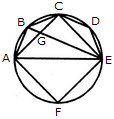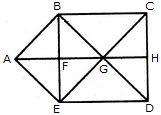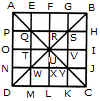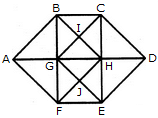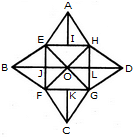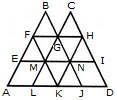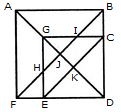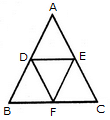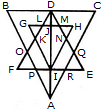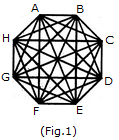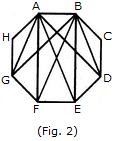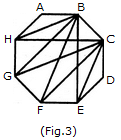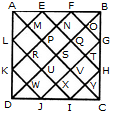MCQ: Analysis (Analytical Reasoning) - 2 - SSC CGL MCQ
15 Questions MCQ Test - MCQ: Analysis (Analytical Reasoning) - 2
Find the number of triangles in the given figure.


Find the number of triangles in the given figure.


Find the number of triangles in the given figure.


Find the number of triangles in the given figure.

Find the number of triangles in the given figure.

What is the number of straight lines and the number of triangles in the given figure.

Find the minimum number of straight lines required to make the given figure.

Find the number of triangles in the given figure.

Find the number of triangles in the given figure.

Find the number of triangles in the given figure.

Find the number of triangles in the given figure.

Find the number of triangles in the given figure.

Find the number of triangles in the given figure.

What is the number of triangles that can be formed whose vertices are the vertices of an octagon but have only one side common with that of octagon?
Find the number of triangles in the given figure.



